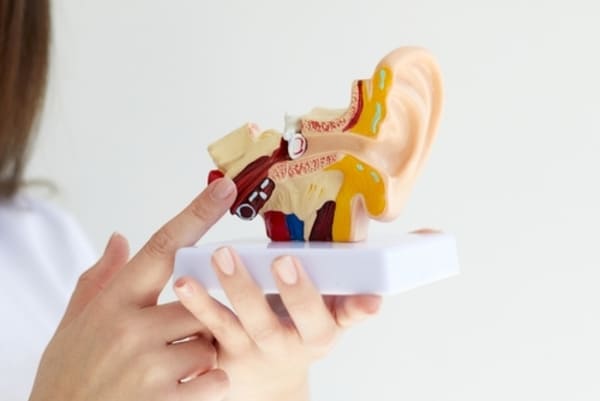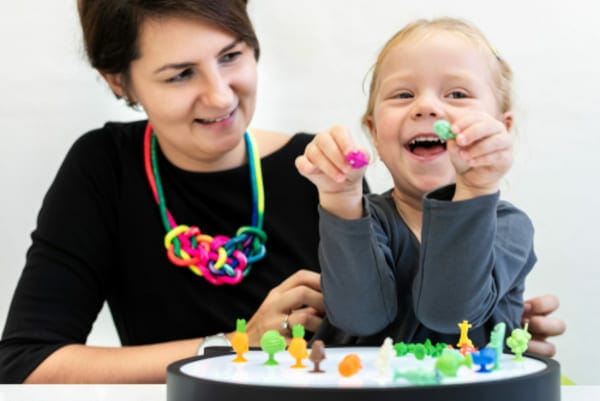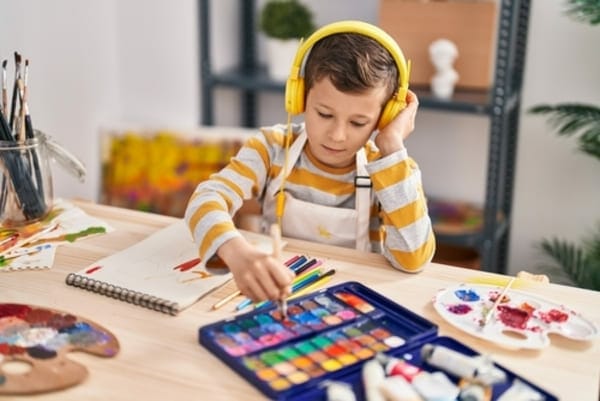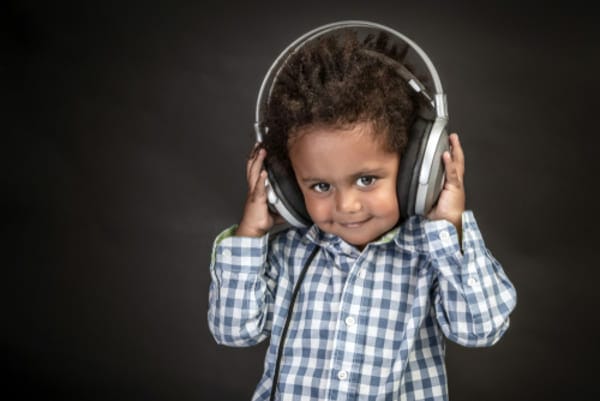There are 8 systems that we as humans utilize to make sense of our world: our visual system, auditory, tactile, olfactory, gustatory, proprioceptive, vestibular, and interoception system. As an occupational therapist one of the areas that is commonly an area of concern for our clients is the auditory system.
What is the Auditory system?
Our auditory system has connections to the entire brain and can impact our entire nervous system. Occupational therapy addresses the aspect of the auditory system called audition, which is the processing of sound not related to language. Audition helps us interpret auditory information from our environment into meaningful information so we can react appropriately. Oftentimes, our children with difficulties with sensory processing can have difficulties with auditory hyposensitivity (difficulty attending to noises in their environment or registering noises) or auditory hypersensitivity (struggle to tune out extraneous background information or can be very sensitive to noises).

How can Occupational Therapy help?
Occupational Therapy can help organize a child’s sensory system to improve their ability to attend to their environment, decrease their overall auditory sensitivity, and improve their ability to identify salient information to maximize participation in all activities.

Therapeutic Listening
Therapeutic Listening is an evidenced-based auditory intervention that was developed to supplement occupational therapy services. Therapeutic Listening utilizes modulated music with high/low pass frequency filters or binaural beat technology, and modified elements of music from rhythm, melody, harmonies, spectral predominance (higher or lower frequency range), instruments, and space to help bring across changes in the nervous system.
Therapeutic listening can help people tune in and respond to their world and address concerns related to sensory processing, listening, attention, and communication. After a comprehensive occupational therapy evaluation, a trained clinician will help to build an appropriate program that is individual to the child based on their current needs. This program is meant to be carried over into a home program to maximize the effectiveness of treatment. Depending on the tracks recommended a home program of listening for 30 minutes 1-2x a day with modified music that the therapist will progress to music albums every two weeks as needed to help meet all goals.
What can Therapeutic Listening Address?
- Difficulty with sensory processing
- Difficulty with attention
- Difficulty with changes in routine
- Difficulty communicating
- Difficulty with sleep
- Bowel/Bladder Control
- Difficulty following directions
- Difficulty navigating their environment
- Difficulty with timing
- Difficulty with sequencing motor skills
- Abnormal responses to stimuli
- Difficulty managing arousal levels across the day
- Difficulty with suck, swallow, breathe synchronicity
- Difficulty with feeding
- Can restore flexibility of middle ear mechanism after frequent ear infections
- Many more!!

Therapeutic Listening does need to be used as a treatment modality in conjunction with occupational therapy and recommendations need to come from a therapist who has been trained. If you have any questions or think this may be a beneficial program for your child, please reach out and we can discuss further! We have occupational therapists trained in therapeutic listening in both of our Danbury and Milford locations! And for more information on Therapeutic Listening, you can visit the Vital Links website at https://vitallinks.com/parent-center/therapeutic-listening-for-parents/
Additional Links:

